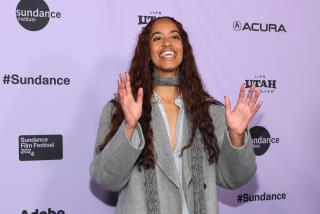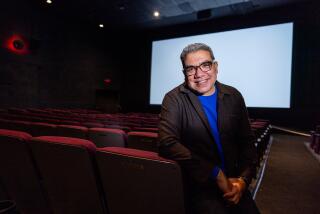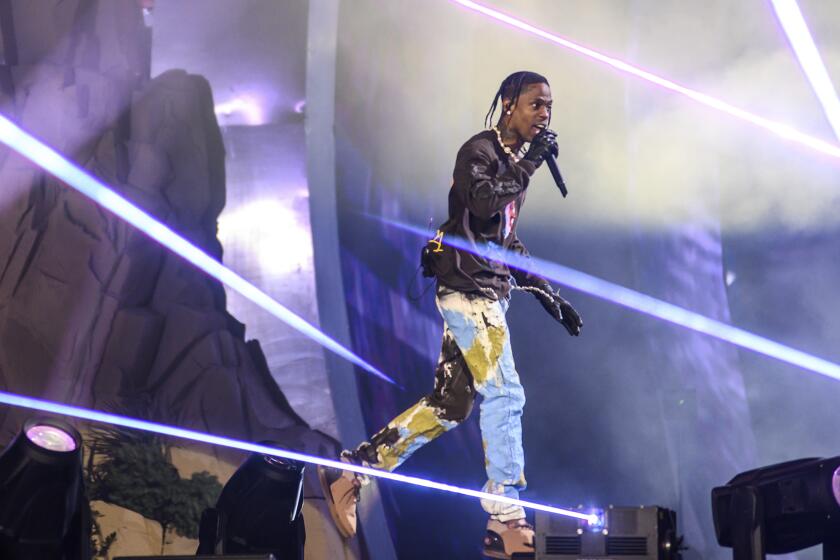Meet the L.A. director who helped make Beyoncé’s ‘Lemonade’
Kahlil Joseph was one of the directors who helmed “Lemonade,” Beyoncé’s visual concept album that premiered on HBO last weekend. The artist spoke to the Los Angeles Times’ Carolina Miranda about his work and where he gets his inspiration.
He is known for producing videos that violate the rules of music videos.
Joseph typically doesn’t use choreographed dance sequences and also shies away from literal interpretation of lyrics.
Review: Fierce Beyoncé puts Jay Z on final notice, then turns bitterness into ‘Lemonade’>>
He has worked with other big-name artists
Film director Terrence Malick and visual artist Doug Aitken are among the well-known artists Joseph has has worked with in a number of mediums. He called working with Malick the “best thing that ever happened to me, there was being born and there was this.”
He strives to portray black life realistically on-screen
“Everyone wants to see themselves on the screen,” he told Carolina Miranda. “But when I see black people in movies, I don’t see them as I know them to move and talk.”
He first worked with Kendrick Lamar when the rapper opened for Kanye West
Lamar asked Joseph to art-direct his live performances when he opened for West’s “Yeezus” tour in 2013. Joseph had only weeks to shoot footage and had never worked on a live concert before.
He is inspired by foreign films
When he was a student at Loyola Marymount University, Joseph studied the work of Russian filmmaker Andrei Tarkovsky and spent his free time watching every single Asian movie available on Netflix.
“What’s cool about the visual, about movies, is that they are like dreams,” he said. “And dreams are some of the most personal things.”
He grew up in Seattle
Joseph was born and raised in Seattle, the eldest son of a teacher and lawyer.
He was inspired to write by “Good Will Hunting’s” Oscar win
“I thought if two kids from Boston can write, I can write. So I started writing then and there.”

More to Read
The biggest entertainment stories
Get our big stories about Hollywood, film, television, music, arts, culture and more right in your inbox as soon as they publish.
You may occasionally receive promotional content from the Los Angeles Times.







